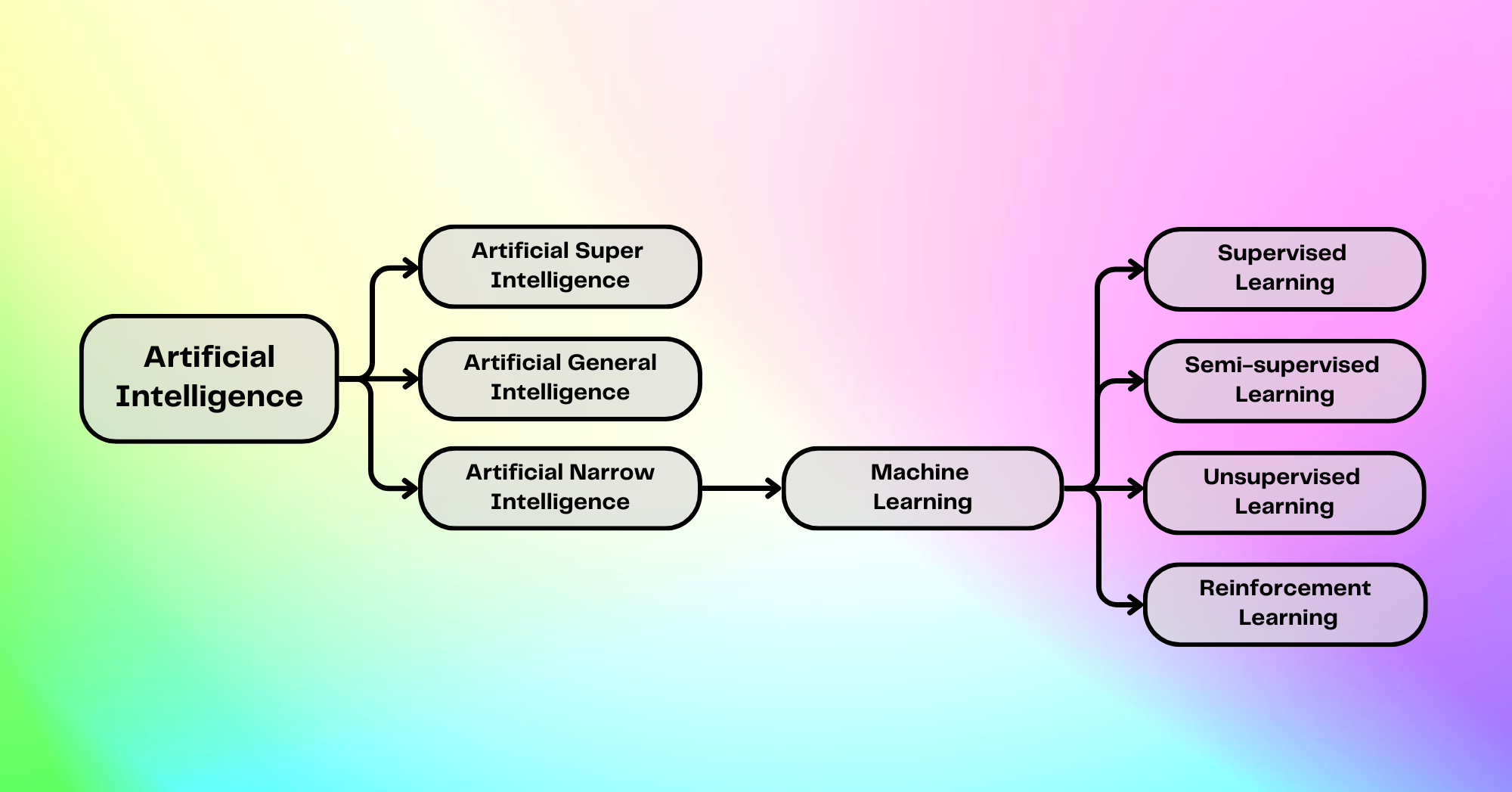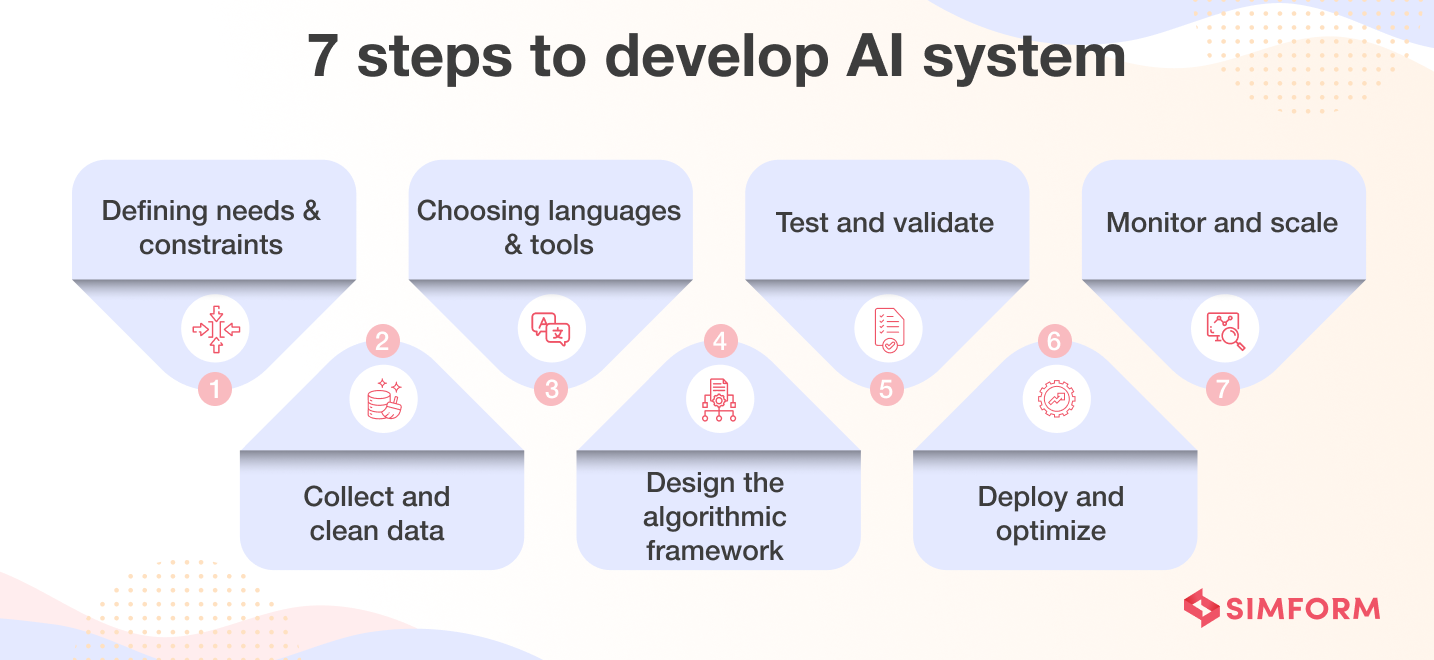AI Learning Guide 2025: Where to Start as a Complete Beginner
Introduction: Why Learning AI in 2025 is Not Just Optional—It's Essential
If you've ever felt overwhelmed by artificial intelligence, you're not alone. The field moves fast, and it's easy to feel left behind. But here's the truth: in 2025, understanding AI is no longer just for techies—it's becoming as fundamental as using the internet.
Why now? Because AI is everywhere. From healthcare to finance, education to entertainment, AI tools are reshaping industries. According to the World Economic Forum, 65% of children entering primary school today will work in jobs that don't yet exist—many of them AI-related. Even traditional roles now require AI literacy.
The good news? You don't need a PhD to get started. This guide will show you exactly where to begin, what to learn, and how to build practical skills—even if you're starting from zero.
What Exactly is AI? Breaking Down the Basics
Before we dive into learning paths, let's clarify what we mean by "AI." Artificial intelligence is simply the capability of machines to mimic human intelligence—learning, reasoning, problem-solving, and even creativity.
In 2025, we primarily encounter these AI types:
- Machine Learning (ML): Systems that learn from data without explicit programming
- Deep Learning: A subset of ML using neural networks for complex patterns
- Natural Language Processing (NLP): How AI understands and generates human language
- Computer Vision: Teaching machines to "see" and interpret visual information
Don't worry about mastering all these at once. Most beginners start with understanding ML and NLP concepts first.

Suggested alt text: Simple diagram showing how machine learning works with labeled data and predictions
Dispelling the 5 Biggest AI Learning Myths of 2025
Let's clear up some common misconceptions that stop people from starting:
Myth 1: "I Need Advanced Math Skills"
While advanced AI research requires mathematics, beginners can start with basic algebra and statistics. Many introductory courses explain concepts visually without heavy math.
Myth 2: "I Must Know How to Code"
Not true! While coding helps, many AI tools now have no-code interfaces. You can start understanding AI concepts before writing a single line of code.
Myth 3: "It's Too Late to Start"
AI is still evolving rapidly—2025 is actually a perfect time to begin. The tools are more accessible than ever, and the field needs diverse perspectives.
Myth 4: "AI Courses Are Expensive"
Many excellent resources are completely free. Universities like Stanford and MIT offer free AI courses, and platforms like YouTube have extensive learning materials.
Myth 5: "I Need Expensive Equipment"
You can start with a regular laptop or even a smartphone. Cloud-based AI tools allow you to experiment without powerful hardware.
Your First 30 Days: A Step-by-Step Learning Plan
Here's a practical four-week plan to build your AI foundation:
Week 1: Understanding the Landscape
- Day 1-2: Watch introductory AI documentaries like "Hi, AI" or "The Social Dilemma"
- Day 3-4: Read AI 101 articles from Wikipedia and reputable tech blogs
- Day 5-7: Explore everyday AI applications you already use (like recommendations on Netflix or Spotify)
Week 2: Core Concepts Foundation
- Take Google's free "AI Fundamentals" course
- Learn basic terminology: algorithms, neural networks, training data
- Follow AI explainer accounts on social media for daily learning bites
Week 3: Hands-On Experimentation
- Create an account on OpenAI's platform and experiment with ChatGPT
- Try no-code AI tools like Runway ML or Lobe for image recognition
- Join AI communities on Reddit or Discord to see what others are building
Week 4: First Mini-Project
- Choose a simple project: train a model to recognize emotions in text
- Document your process in a blog or social media thread
- Share your results for feedback in beginner-friendly communities
Best Free Learning Resources for 2025 Beginners
You don't need to spend money to start learning AI. Here are the best free resources updated for 2025:
YouTube Channels
- 3Blue1Brown: Excellent visual explanations of neural networks
- Sentdex: Practical Python-based AI tutorials
- Google Developers: Official tutorials on TensorFlow and other tools
Free Courses
- Machine Learning by Andrew Ng (Coursera): The classic introduction
- Elements of AI: University of Helsinki's beginner-friendly course
- Fast.ai: Practical deep learning for coders
Interactive Platforms
- Kaggle Learn: Hands-on micro-courses with coding exercises
- Brilliant.org: Interactive AI and ML concepts
- Google AI Experiments: Play with AI through fun projects

Suggested alt text: Comparison of free AI learning platforms interface and features
Choosing Your Learning Path: 4 Popular AI Specializations
After mastering basics, you might want to specialize. Here are the most accessible paths for beginners:
1. AI Ethics and Policy
If you're interested in the societal impact of AI, this path focuses on responsible AI development, bias detection, and regulation. No coding required!
Starting point: Course from MIT Media Lab on AI Ethics
2. Natural Language Processing
Perfect if you're fascinated by how AI understands language. You'll work with chatbots, translation systems, and text analysis.
Starting point: Hugging Face's NLP course
3. Computer Vision
Focuses on teaching machines to "see"—facial recognition, image generation, medical imaging analysis.
Starting point: OpenCV's beginner tutorials
4. AI Product Management
Bridge between technical teams and business needs. You'll learn to scope AI projects and understand capabilities without deep coding.
Starting point: Product School's AI for Product Managers course
Building Your First AI Project: A Beginner-Friendly Guide
Nothing solidifies learning like building something. Here's how to create your first AI project:
Step 1: Choose an Achievable Idea
Start small—maybe a model that categorizes emails or identifies dog breeds from photos.
Step 2: Gather Your Data
Use free datasets from Kaggle or Google Dataset Search. For image projects, try Unsplash for free images.
Step 3: Use Beginner-Friendly Tools
Platforms like Teachable Machine (Google) let you train models through a simple interface without coding.
Step 4: Train Your Model
Follow tutorial steps exactly. Expect to make mistakes—that's how learning happens!
Step 5: Test and Share
Test with friends and family, then share what you've built on LinkedIn or GitHub.

Suggested alt text: Person following along with AI tutorial on laptop with code and results visible
Staying Updated: How to Keep Learning in a Fast-Moving Field
AI changes rapidly. Here's how to stay current without overwhelm:
- Follow key researchers on Twitter or LinkedIn—they often share breakthroughs in accessible language
- Subscribe to AI newsletters like MIT Technology Review's AI section or The Batch by DeepLearning.AI
- Join local meetups or online communities—hearing others' questions accelerates your learning
- Set aside 30 minutes weekly for exploration of new tools or concepts
Conclusion: Your AI Journey Starts Today
Learning AI might seem daunting, but remember: every expert was once a beginner. The field is more accessible than ever, with free resources, supportive communities, and tools designed for newcomers.
Start with understanding basic concepts, experiment with no-code tools, and gradually build toward more complex projects. What matters most is consistency—even 15 minutes daily adds up significantly over months.
Ready to begin? Share your first learning goal in the comments below, and subscribe for more beginner-friendly AI guides!
(1).png)